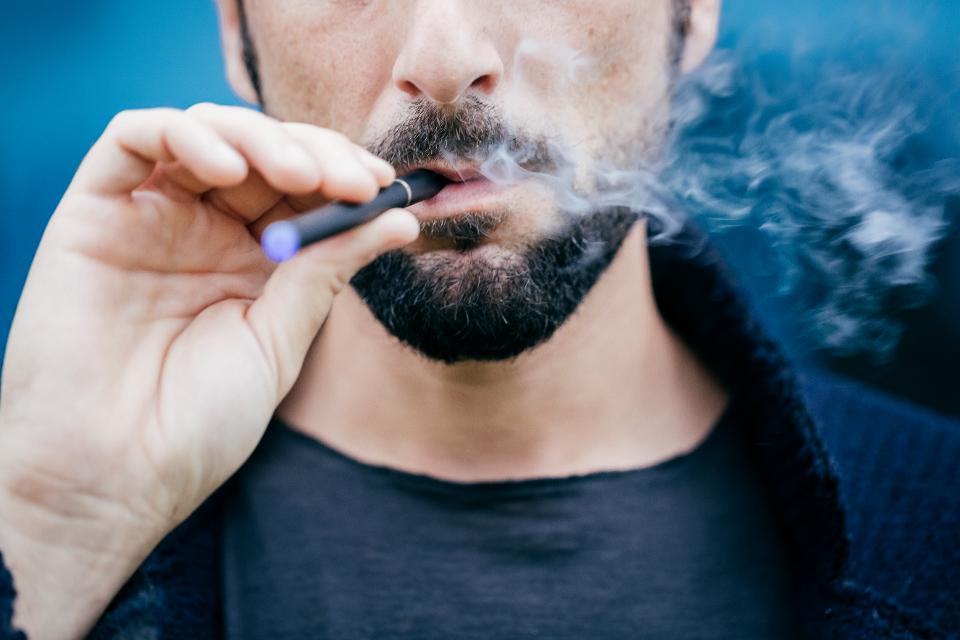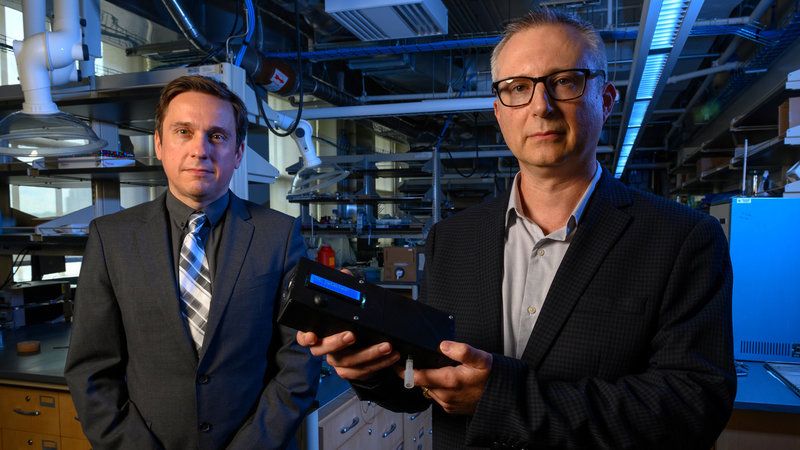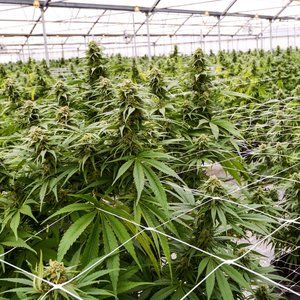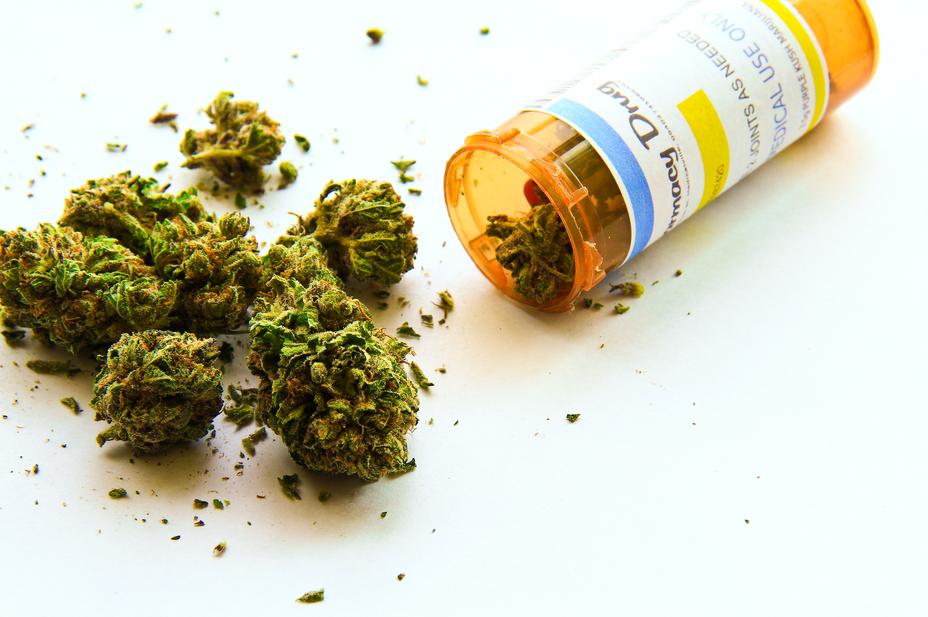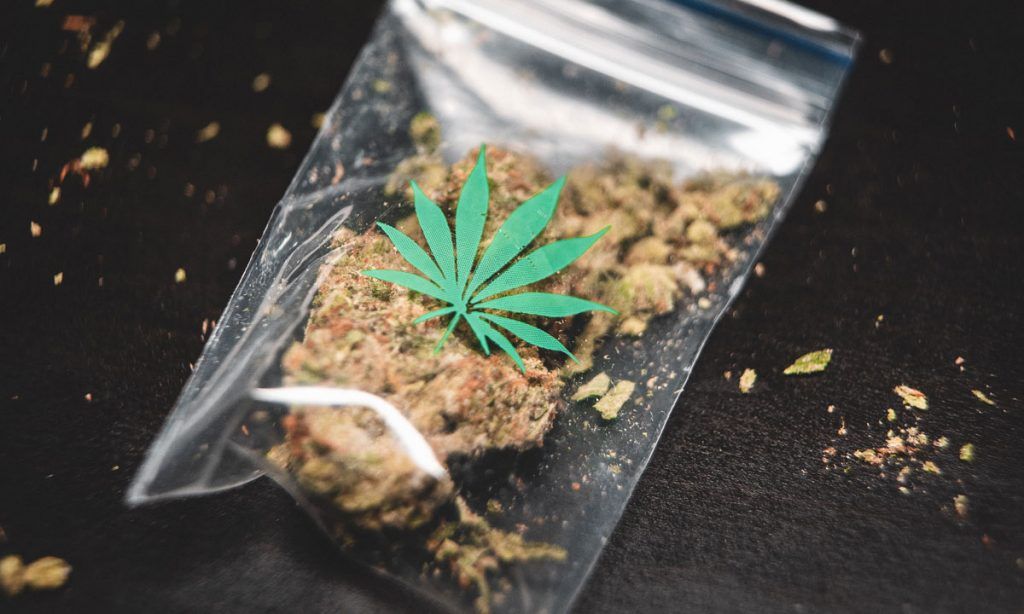Baron23
Well-Known Member
From The Hill
Here's what the Surgeon General gets wrong about marijuana
Recently, the U.S. Surgeon General Jerome Adams sounded the alarm on cannabis.
There is nothing novel or altogether objectionable about the nation’s top public health official speaking out in an effort to discourage cannabis use, especially among young people and other potential higher-risk populations. However, the Surgeon General’s campaign launch emphasized a variety of questionable and inaccurate claims that not only undermine his credibility but also his cause.
For example, in an Aug. 30 tweet, the Surgeon General contended that youth access to cannabis has increased as a result of adult-use legalization laws. But this claim is not accurate. Adolescents self-reported ease of marijuana access has declined in recent years, according to peer-reviewed data.
Teen marijuana use is also falling, including in legal cannabis states. In fact, data published in July in the journal "JAMA Pediatrics" reports, “Consistent with the results of previous researchers, there was no evidence that the legalization of medical marijuana encourages marijuana use among youth. Moreover, … marijuana use among youth may actually decline after legalization for recreational purposes.”
National data compiled by the federal government affirms this. According to an August 2019 report issued by the United States Substance Abuse and Mental Health Services Administration, past-year marijuana consumption by those ages 12 to 17 has fallen consistently since 2002, from 15.8 percent to 12.5 percent. Since 2012, when Colorado and Washington became the first states to regulate adult-use access, past-year youth use has fallen eight percent nationwide.
The Surgeon General also trotted out the long debunked "gateway theory" — claiming that marijuana “primes the brain” for “the addiction to other substances.” In fact, as the US National Institute on Drug Abuse acknowledges, “[T]he majority of people who use marijuana do not go on to use other 'harder' substances.” Furthermore, most people who experiment with cannabis cease their use of it by their late-twenties, typically as they enter the workforce and begin to raise a family.
More notably, several recent studies indicate that cannabis and its compounds may potentially mitigate cravings for other drugs. For instance, a British clinical trial determined that the use of CBD was associated with significant reduction in subjects’ desire to smoke tobacco cigarettes. A 2017 Canadian trial published in the journal "Addictive Behaviors: concluded, “elf-reported intentional use of cannabis ... was associated with subsequent periods of reduced use of crack [cocaine].” And most recently, researchers at The Mount Sinai Health System in New York City concluded that the administration of oral CBD reduces cue-induced cravings and anxiety in subjects with a history of heroin use.
Finally, the Surgeon General suggests that cannabis poses unique, deleterious effects to the developing brain. However, the relevant science on this topic is far from definitive. In fact, a recent meta-analysis on the topic, which reviewed 69 separate studies involving 8,727 subjects, concluded: “Associations between cannabis use and cognitive functioning in cross-sectional studies of adolescents and young adults are small and may be of questionable clinical importance for most individuals. … [R]esults indicate that previous studies of cannabis youth may have overstated the magnitude and persistence of cognitive deficits associated with marijuana use.
Most recently, investigators from Arizona State University and the University of Pittsburgh assessed the impact of adolescent cannabis exposure on brain morphology in adulthood. Researchers tracked differing adolescent use patterns — from no cannabis use (defined as four days of use or less) to heavy use (defined as, on average, 782 days of use) — in a cohort of 1,000 teenage boys. Writing in the current issue of the journal "Drug and Alcohol Dependence," authors reported, “We found no differences in adult brain structure for boys in the different adolescent cannabis trajectory subgroups. Even boys with the highest level of cannabis exposure in adolescence showed subcortical brain volumes and cortical brain volumes and thickness in adulthood that were similar to boys with almost no exposure to cannabis throughout adolescence."
Of course, none of this is intended to opine that cannabis is innocuous or that its use and access among young people shouldn’t be discouraged. But that it what regulations and evidence-based education campaigns are designed to do. And in most cases, they do so effectively.
In the case of tobacco and alcohol, such policies have succeeded in driving down young people’s use of cigarettes and booze to historic lows. These results were not achieved by banning the use of these products for everyone, or by sensationalizing their public health risks, but by better regulating the market and by better educating would-be consumers. Rather than engaging in fear-mongering and the telling of half-truths, the Surgeon General would be far better served advocating that we apply these same tried-and-true tactics to a tightly regulated, adult-use cannabis market.
Here's what the Surgeon General gets wrong about marijuana
Recently, the U.S. Surgeon General Jerome Adams sounded the alarm on cannabis.
There is nothing novel or altogether objectionable about the nation’s top public health official speaking out in an effort to discourage cannabis use, especially among young people and other potential higher-risk populations. However, the Surgeon General’s campaign launch emphasized a variety of questionable and inaccurate claims that not only undermine his credibility but also his cause.
For example, in an Aug. 30 tweet, the Surgeon General contended that youth access to cannabis has increased as a result of adult-use legalization laws. But this claim is not accurate. Adolescents self-reported ease of marijuana access has declined in recent years, according to peer-reviewed data.
Teen marijuana use is also falling, including in legal cannabis states. In fact, data published in July in the journal "JAMA Pediatrics" reports, “Consistent with the results of previous researchers, there was no evidence that the legalization of medical marijuana encourages marijuana use among youth. Moreover, … marijuana use among youth may actually decline after legalization for recreational purposes.”
National data compiled by the federal government affirms this. According to an August 2019 report issued by the United States Substance Abuse and Mental Health Services Administration, past-year marijuana consumption by those ages 12 to 17 has fallen consistently since 2002, from 15.8 percent to 12.5 percent. Since 2012, when Colorado and Washington became the first states to regulate adult-use access, past-year youth use has fallen eight percent nationwide.
The Surgeon General also trotted out the long debunked "gateway theory" — claiming that marijuana “primes the brain” for “the addiction to other substances.” In fact, as the US National Institute on Drug Abuse acknowledges, “[T]he majority of people who use marijuana do not go on to use other 'harder' substances.” Furthermore, most people who experiment with cannabis cease their use of it by their late-twenties, typically as they enter the workforce and begin to raise a family.
More notably, several recent studies indicate that cannabis and its compounds may potentially mitigate cravings for other drugs. For instance, a British clinical trial determined that the use of CBD was associated with significant reduction in subjects’ desire to smoke tobacco cigarettes. A 2017 Canadian trial published in the journal "Addictive Behaviors: concluded, “elf-reported intentional use of cannabis ... was associated with subsequent periods of reduced use of crack [cocaine].” And most recently, researchers at The Mount Sinai Health System in New York City concluded that the administration of oral CBD reduces cue-induced cravings and anxiety in subjects with a history of heroin use.
Finally, the Surgeon General suggests that cannabis poses unique, deleterious effects to the developing brain. However, the relevant science on this topic is far from definitive. In fact, a recent meta-analysis on the topic, which reviewed 69 separate studies involving 8,727 subjects, concluded: “Associations between cannabis use and cognitive functioning in cross-sectional studies of adolescents and young adults are small and may be of questionable clinical importance for most individuals. … [R]esults indicate that previous studies of cannabis youth may have overstated the magnitude and persistence of cognitive deficits associated with marijuana use.
Most recently, investigators from Arizona State University and the University of Pittsburgh assessed the impact of adolescent cannabis exposure on brain morphology in adulthood. Researchers tracked differing adolescent use patterns — from no cannabis use (defined as four days of use or less) to heavy use (defined as, on average, 782 days of use) — in a cohort of 1,000 teenage boys. Writing in the current issue of the journal "Drug and Alcohol Dependence," authors reported, “We found no differences in adult brain structure for boys in the different adolescent cannabis trajectory subgroups. Even boys with the highest level of cannabis exposure in adolescence showed subcortical brain volumes and cortical brain volumes and thickness in adulthood that were similar to boys with almost no exposure to cannabis throughout adolescence."
Of course, none of this is intended to opine that cannabis is innocuous or that its use and access among young people shouldn’t be discouraged. But that it what regulations and evidence-based education campaigns are designed to do. And in most cases, they do so effectively.
In the case of tobacco and alcohol, such policies have succeeded in driving down young people’s use of cigarettes and booze to historic lows. These results were not achieved by banning the use of these products for everyone, or by sensationalizing their public health risks, but by better regulating the market and by better educating would-be consumers. Rather than engaging in fear-mongering and the telling of half-truths, the Surgeon General would be far better served advocating that we apply these same tried-and-true tactics to a tightly regulated, adult-use cannabis market.

